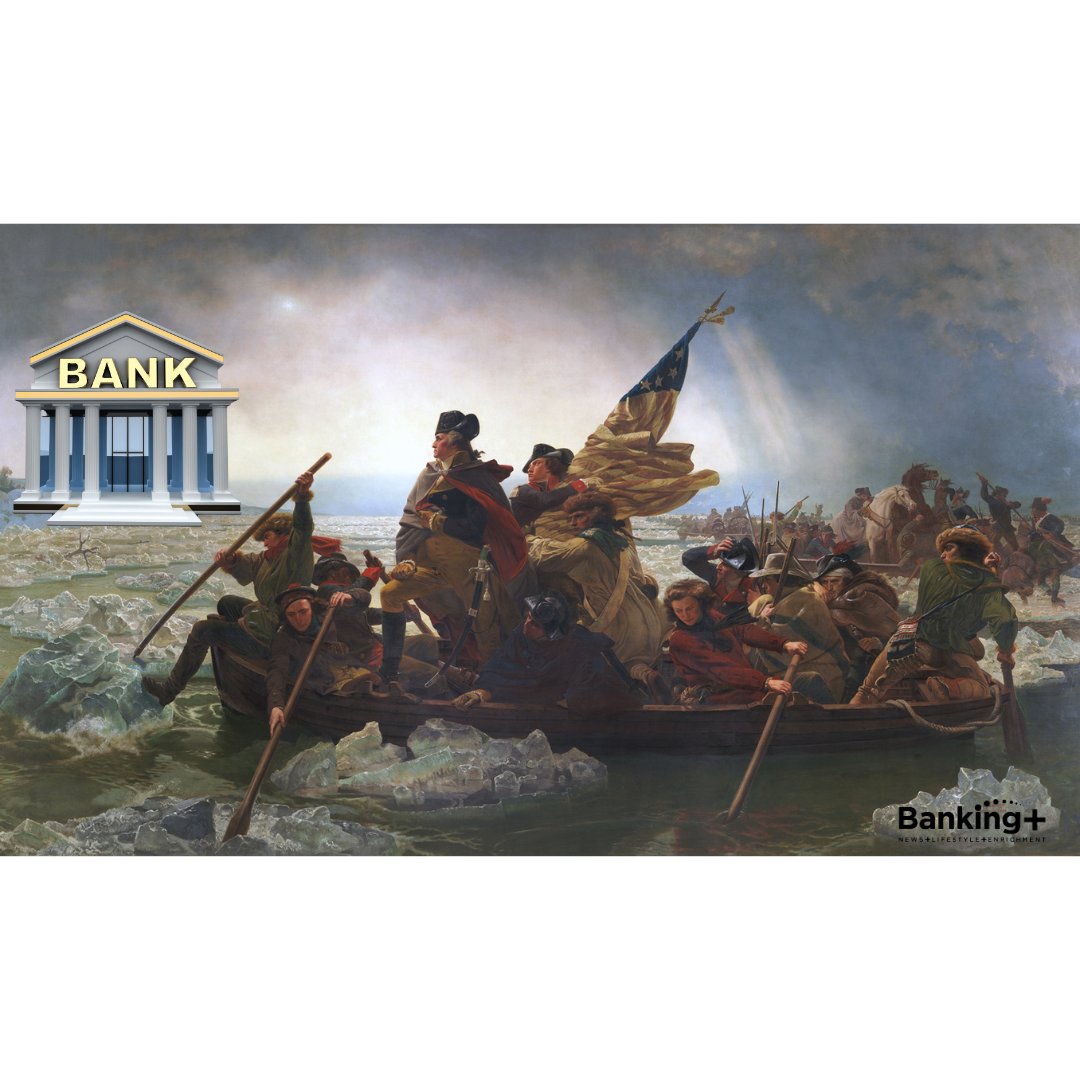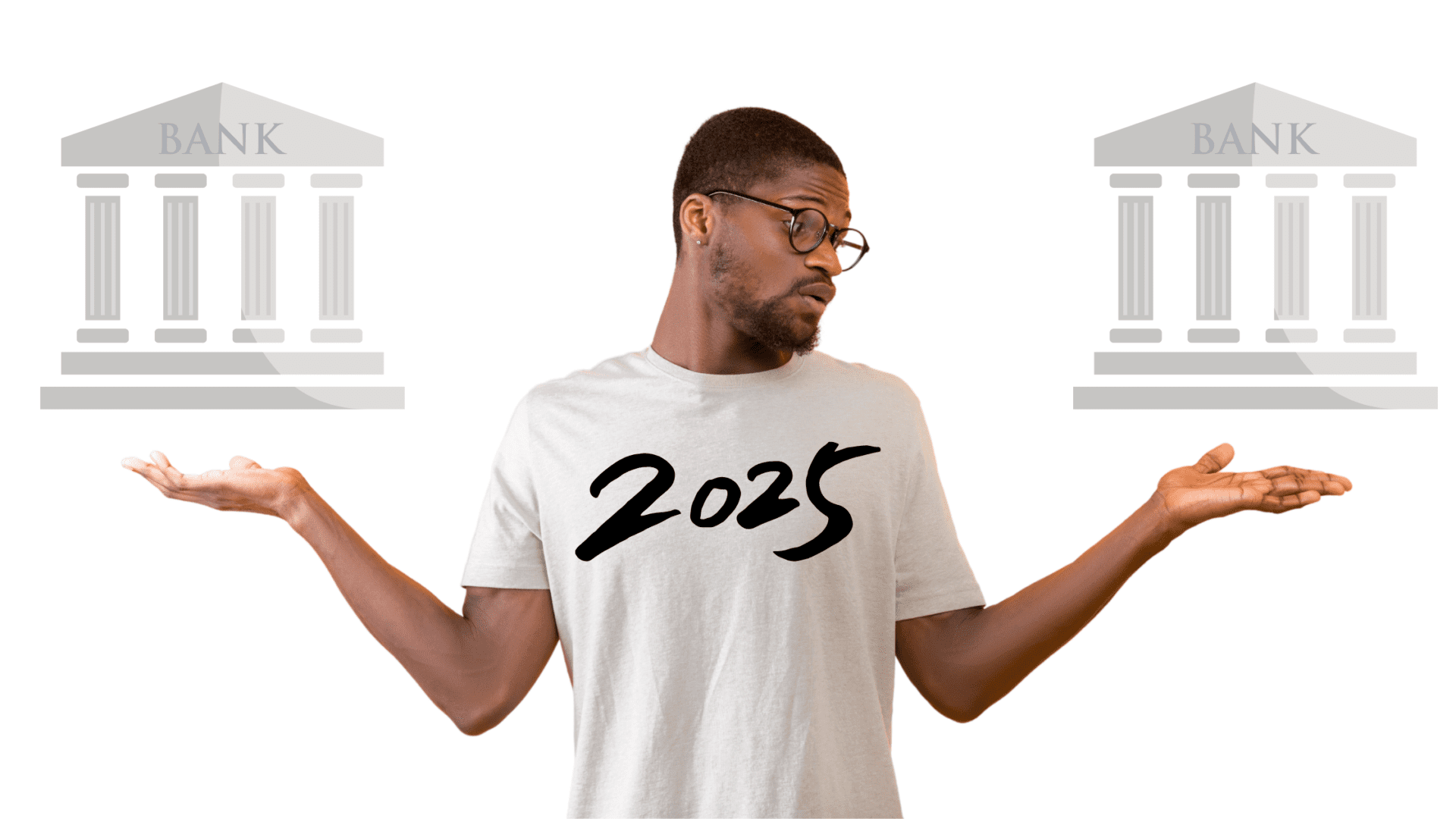The importance of color in marketing can’t be overstated: Engaging hues can provide a competitive edge, bolster brand perception, convey trust, and resonate with audiences. In designing campaigns for financial products, however, these choices become even more important, as various lines of business are generally intangible and often esoteric to average consumers.
Abe Rubarts, CEO of Locus Digital—a Plano, Texas, digital marketing firm—explores the essential factors and best practices for crafting a compelling color scheme in the financial services industry.
How Color Shapes Customer Perception in the Financial Industry
Color is a make-or-break concern for financial brands. It shapes perceptions and behaviors on a subconscious level, influencing customers’ trust, emotions, and brand loyalty.
According to Carl Jung, “Colors are the mother tongue of the subconscious,” meaning they have a deep psychological impact that affects how people view brands, products, and services.
For example, colors like blue are often associated with trust, reliability, and professionalism—key attributes in finance. Blue is calming and inspires confidence, which is why it is often used by financial institutions such as banks, investment firms, and insurance companies.
Other colors, like green and purple, can symbolize growth, stability, luxury, and creativity. The right color palette can make a financial company seem more reliable, appealing, and differentiated in a competitive marketplace.
Color Psychology and Its Impact on Financial Branding
Financial institutions use color psychology to convey key traits to customers. Each color can evoke specific emotions, and understanding these associations is crucial when creating a color scheme for a financial brand. Here are a few examples:
-
The Use of Blue in Financial Services
-
- Blue is commonly used by banks and financial services, blue conveys trust, stability, and professionalism. It’s no wonder why it’s the most popular color in the financial industry.
-
The Power of Green in Financial Services
-
- Green is associated with growth, wealth, and financial success, green suggests stability and prosperity, making it an ideal choice for companies that deal with investments and money management.
-
Using Red in Financial Services
-
- Red is a bold, attention-grabbing color that can invoke urgency or excitement. However, it should be used sparingly in finance, since it can also signal danger or risk.
-
The Color Purple in Financial Services
-
- Purple is a symbol of luxury and creativity, purple can lend an air of sophistication to brands targeting high-end customers or offering premium services.
Financial brands should carefully select colors that align with their identity and values, ensuring they inspire trust and professionalism.
The Role of Color in Branding for Financial Institutions
Color schemes are not just about aesthetics; they form an essential part of a brand’s visual identity. Choosing the right colors can help financial brands distinguish themselves in a crowded marketplace. When selecting colors, financial companies should consider the following:
- Company Values and Audience: Colors should reflect a brand’s core values and speak to its target audience. A trendy fintech startup catering to younger audiences may opt for bold, contrasting colors to project innovation, while a traditional bank may choose classic, conservative tones like navy or gray to convey stability and trustworthiness.
- Industry Trends and Competitor Analysis: While it’s important to differentiate from competitors, staying informed about current trends in the financial industry can help brands position themselves effectively. Reviewing competitors’ color schemes can provide insight into what works well, but brands should aim to put their own unique twist on their palette.
Ensuring Your Bank Branding is Accessible for All
Beyond psychological impact and branding, color choices should also be practical and accessible. Brands need to ensure that their color schemes work for all users, including those with color vision deficiencies. Choosing colors with enough contrast can help make websites and marketing materials more readable and inclusive. Accessibility isn’t just good design practice—it’s a legal and ethical imperative.
Popular Financial Color Schemes
Many of the world’s leading financial brands offer great examples of how to use color effectively. In Rubarts’ opinion, JPMorgan Chase’s iconic blue-and-white color scheme communicates trust and reliability.

Fidelity Investments’ signature green-and-black palette, symbolizing growth and security. These brands have mastered the art of using color to build strong, recognizable visual identities.

Creating a Balanced Color Scheme in Financial Branding
Creating a harmonious color scheme involves balancing vibrant, eye-catching shades with more subtle, neutral tones. Financial brands should aim to use colors in a way that enhances readability and visual appeal. For example, a primary color like blue can be paired with secondary and tertiary colors that complement each other, while neutral tones like beige or gray can provide balance.
Contrast is another key factor—brands can use contrasting colors to highlight important information or calls to action, ensuring key messages stand out. Using neutral colors as a backdrop can give a brand’s design a polished, professional look, helping the vibrant hues shine without overwhelming the viewer.
Choosing the Right Color in Financial Marketing
In an industry where trust and professionalism are paramount, choosing the right colors is a crucial part of building a strong financial brand. With the right color scheme, financial companies can capture attention, inspire confidence, and differentiate themselves in the marketplace.
Continue reading about color and branding in the financial industry on Locus Digital.





















